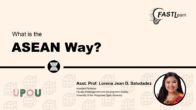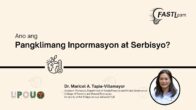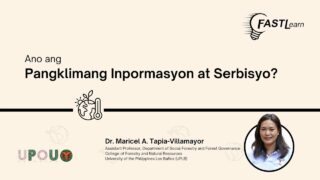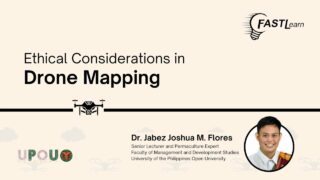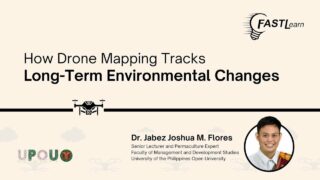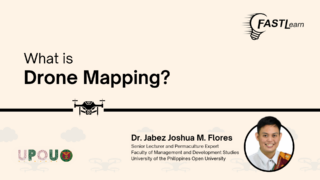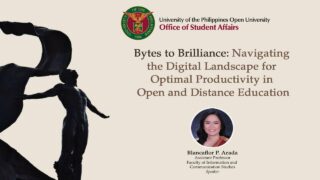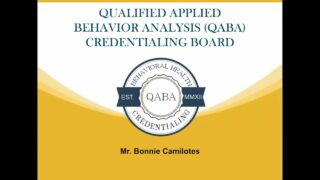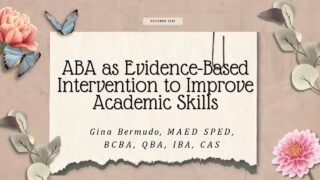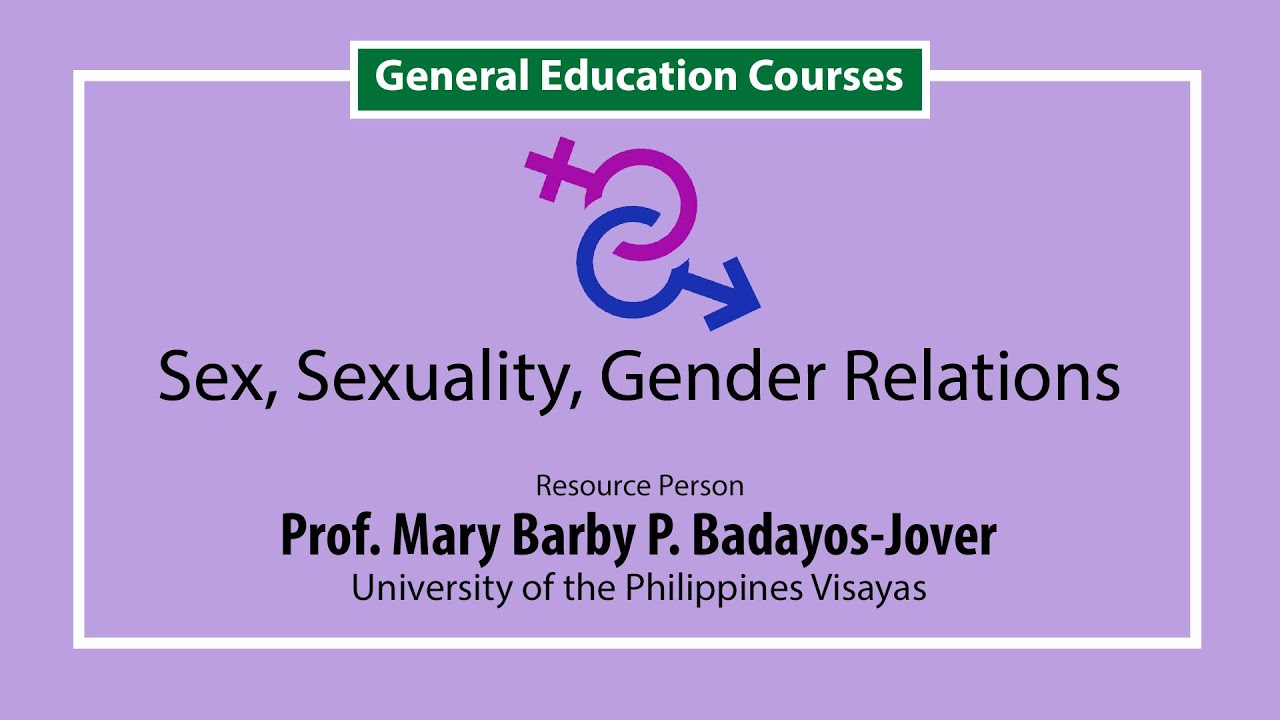What is the ASEAN Way?
The ASEAN way is such an interesting set of principles for the reason that there’s a spectrum of perspectives surrounding it. There are some who heavily criticize it, while there are also others who staunchly defend it. So what is this so-called ASEAN way?
The core essence of the ASEAN way is to promote better relations among the ASEAN member states through non-interference, consensus decision-making, non-use of force, sovereign equality, and quiet diplomacy. So what are these principles? Let’s go through them one by one.
Non-interference. This diplomatic norm within the regional organization, dictates that the ASEAN member states won’t interfere or meddle with each other’s internal or domestic affairs. So if there’s something happening within each other’s borders, the other member states recognize that it’s not their position to dictate each other. So walang pakialamanan, kumbaga. So let’s mind our own business.
And then we have consensus decision making. The regional organization won’t pursue decisions when not everyone is on board. So they will not push on each other’s decisions that they don’t all agree with. Instead, the ASEAN member states are committed to conducting lengthy dialogues and consultations until they are able to reach a consensus. Hindi tayo matatapos hangga’t hindi tayo magkasundo. And many times, they don’t come to an agreement at all.
And then we have non-use of force. The ASEAN region is dedicated to maintaining peace and stability within the region through nonviolent means. So no matter what happens, whether there be differences or disagreements, the ASEAN member states agree to continue to be diplomatic to one another. They are dedicated to ensuring that their affairs never escalate or result in aggressive posturing against each other.
We also have sovereign equality. And when it comes to the regional space created by ASEAN, all states are on equal ground. Their voices are treated with equal importance, regardless of matters such as economic or political status. So this does not have any bearing on their importance within ASEAN. Instead, they share mutual respect for each other.
And we also have quiet diplomacy. We’re not going to call each other out publicly. We won’t be pressuring or criticizing each other out in the open. Instead, we will negotiate with each other; informally, gradually, and non-confrontationally. We discreetly discuss matters and negotiate among ourselves until we come to a better understanding of each other’s position.
So this is the kind of diplomacy promoted within ASEAN. The ASEAN member states they hope to resolve issues and differences between and among each other through quiet and peaceful means, demonstrating their mutual respect for each other. The member states make it a point to resolve disagreement in an amicable manner.
So in totality, the ASEAN way is such a unique diplomatic approach utilized by ASEAN in order to ensure the promotion of peace and stability within the region through cooperation, mutual trust and respect, and confidence building. So going back to the point that I raised at the beginning of the discussion, a lot of perspectives often surround the ASEAN way. And for some, the ASEAN way is an ineffective mechanism that hinders the bloc’s capacity to respond to pressing issues. While there are also others who believe that this unique feature, the ASEAN diplomatic norms, are what maintains the continuity of the regional organization.
And both of these perspectives have equal merit and valid arguments that need to be considered. But regardless of what perspective people may have, there is one thing that no one can argue against. The ASEAN way is a fundamental part of the region’s identity.
